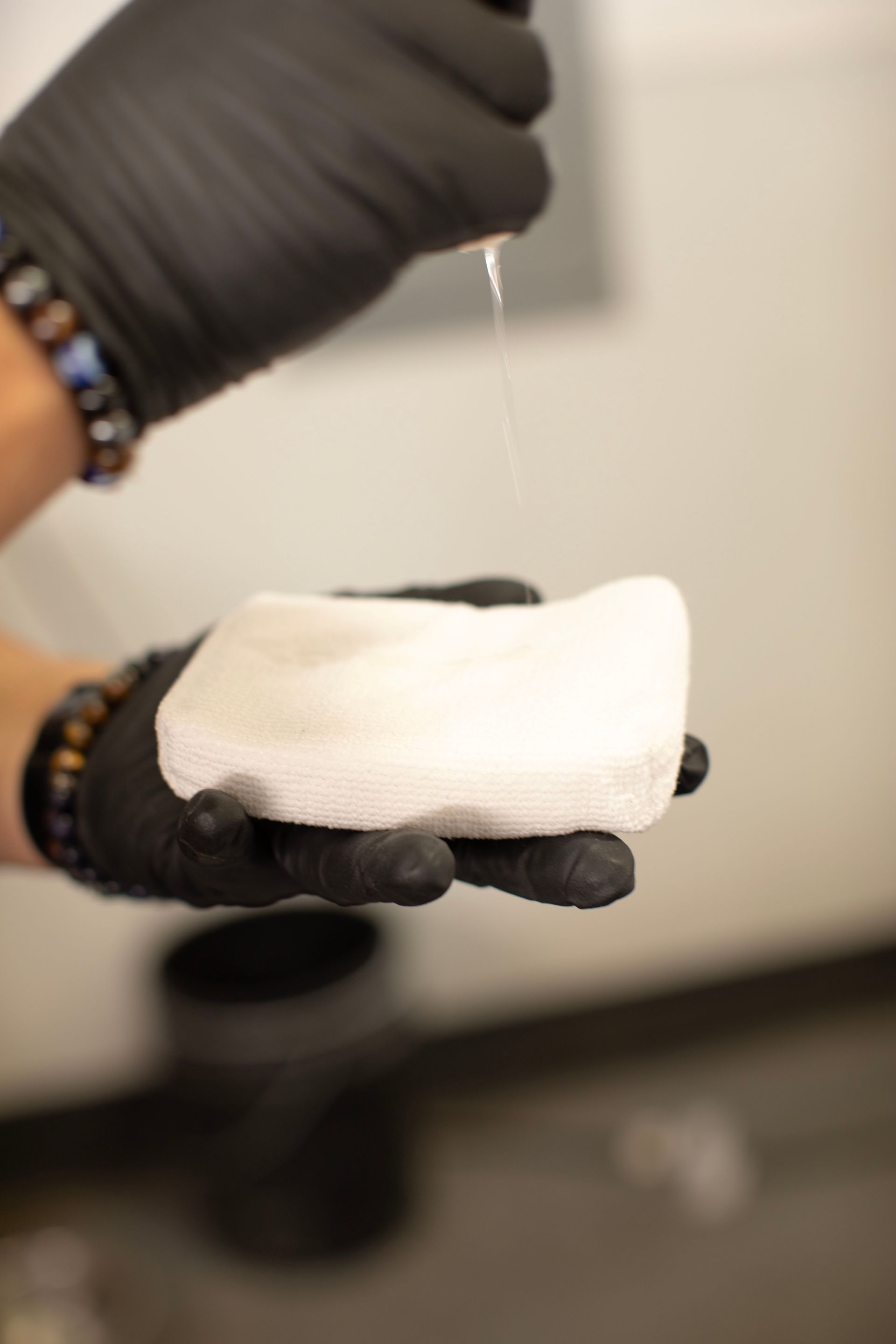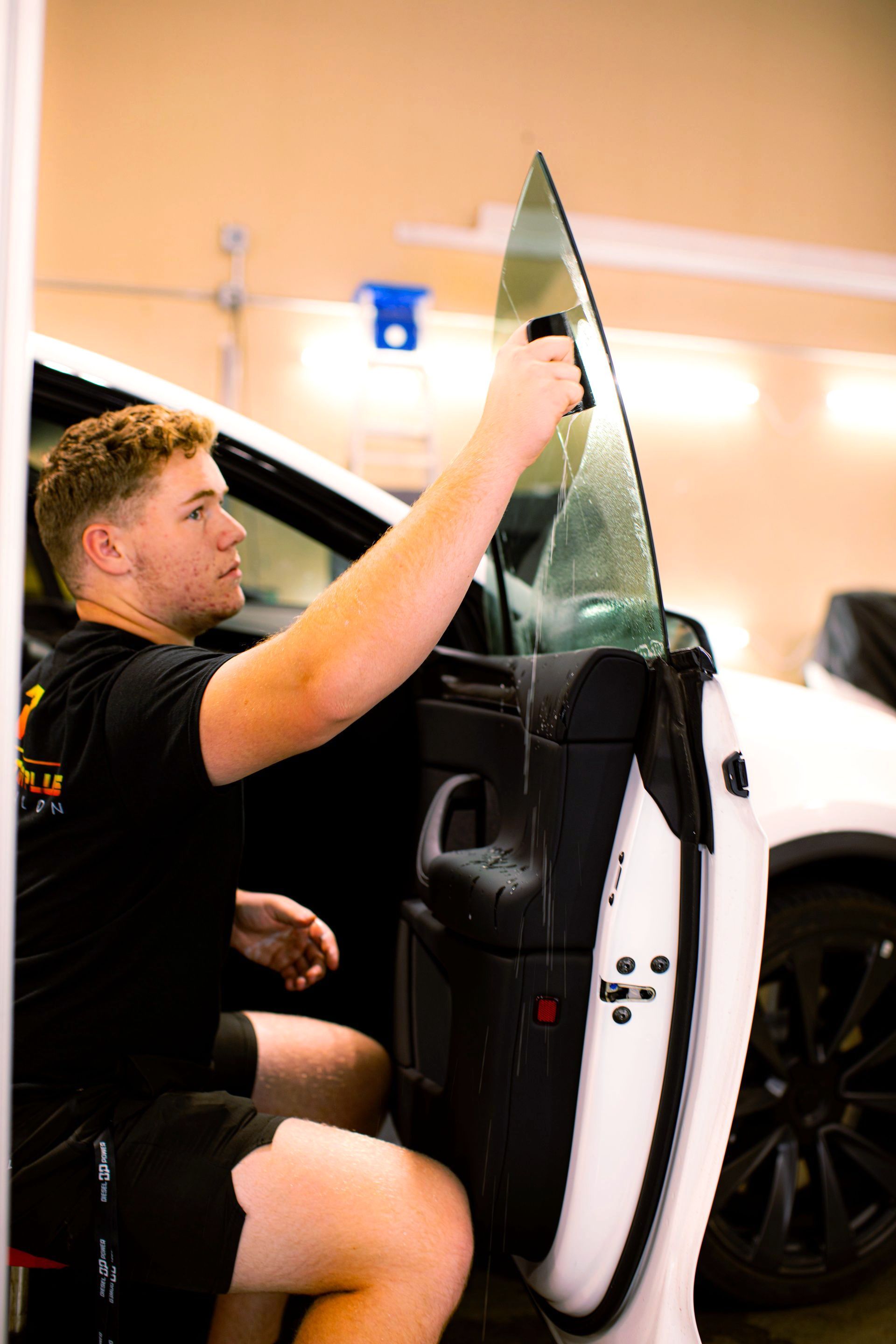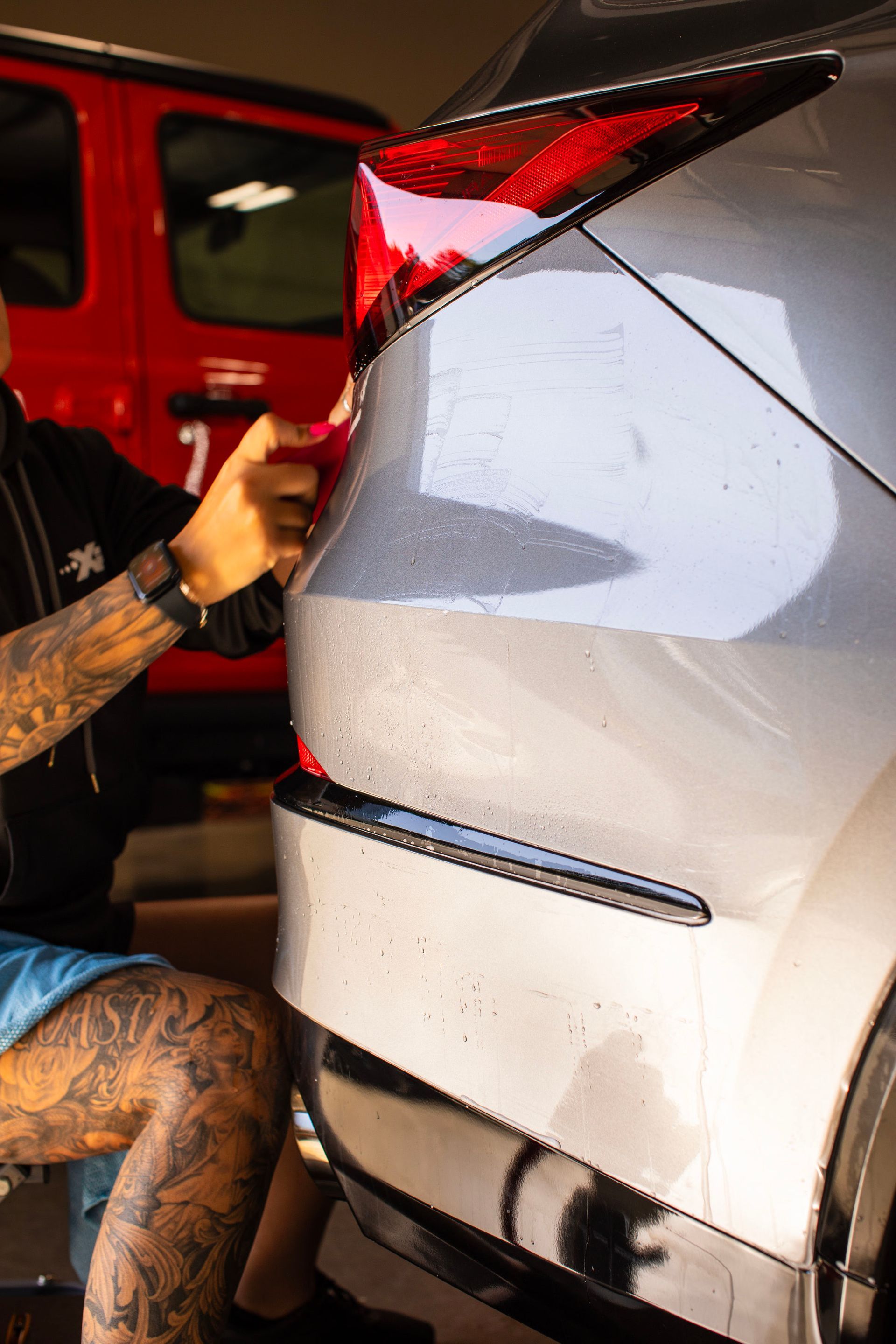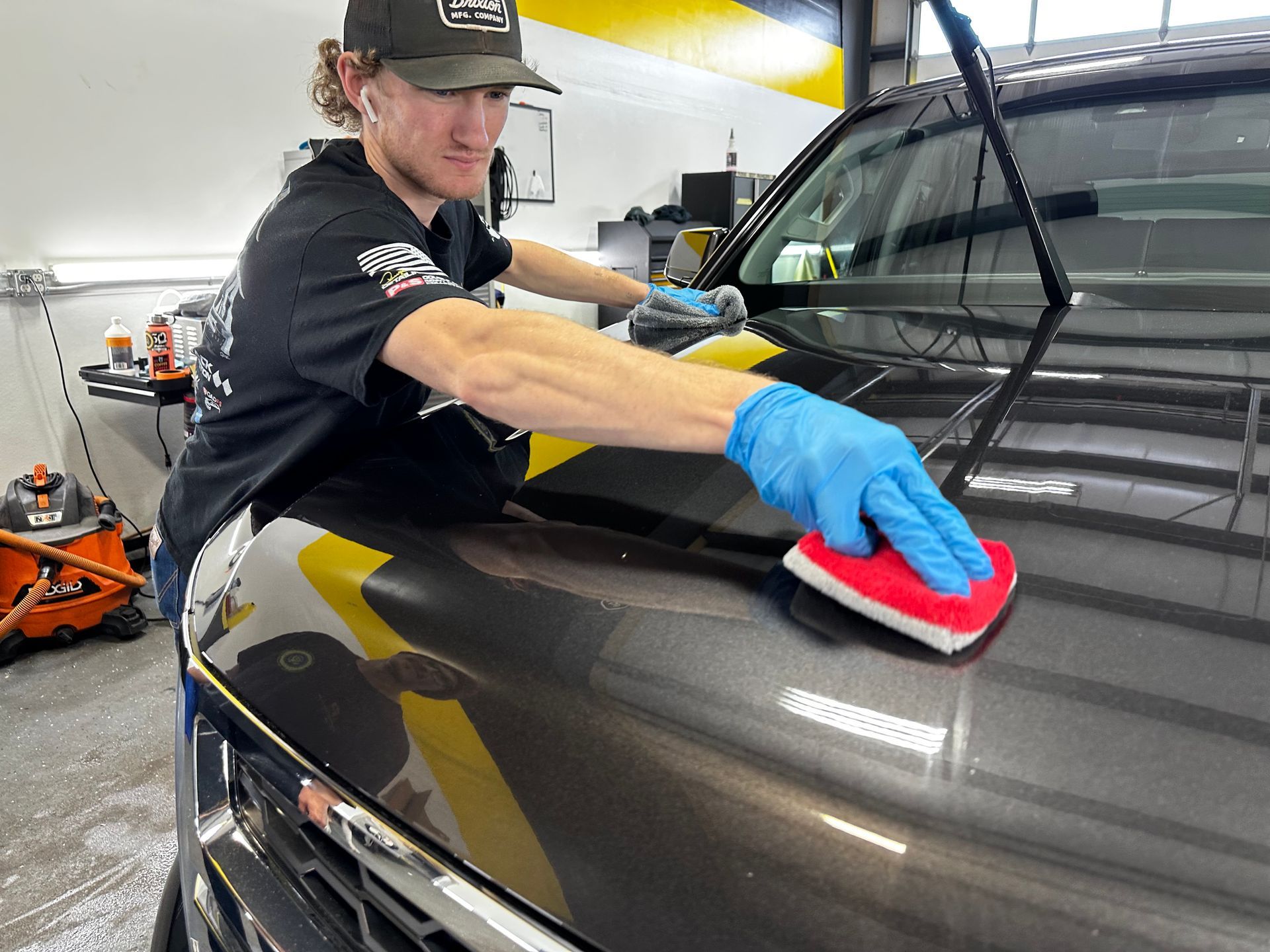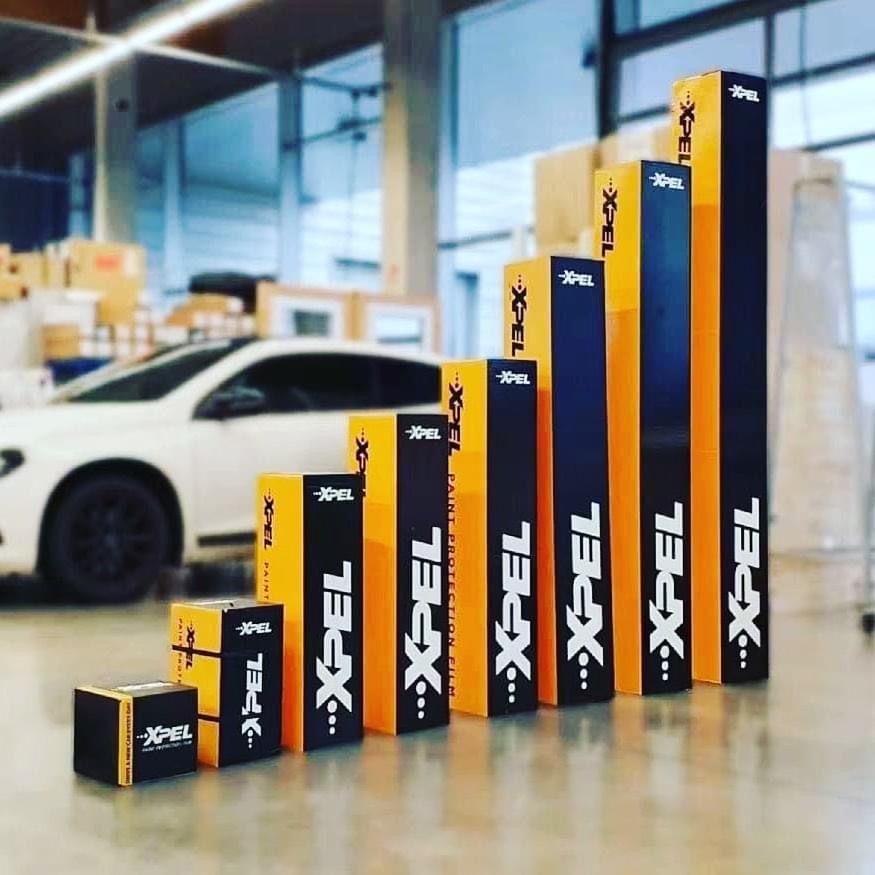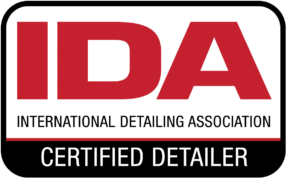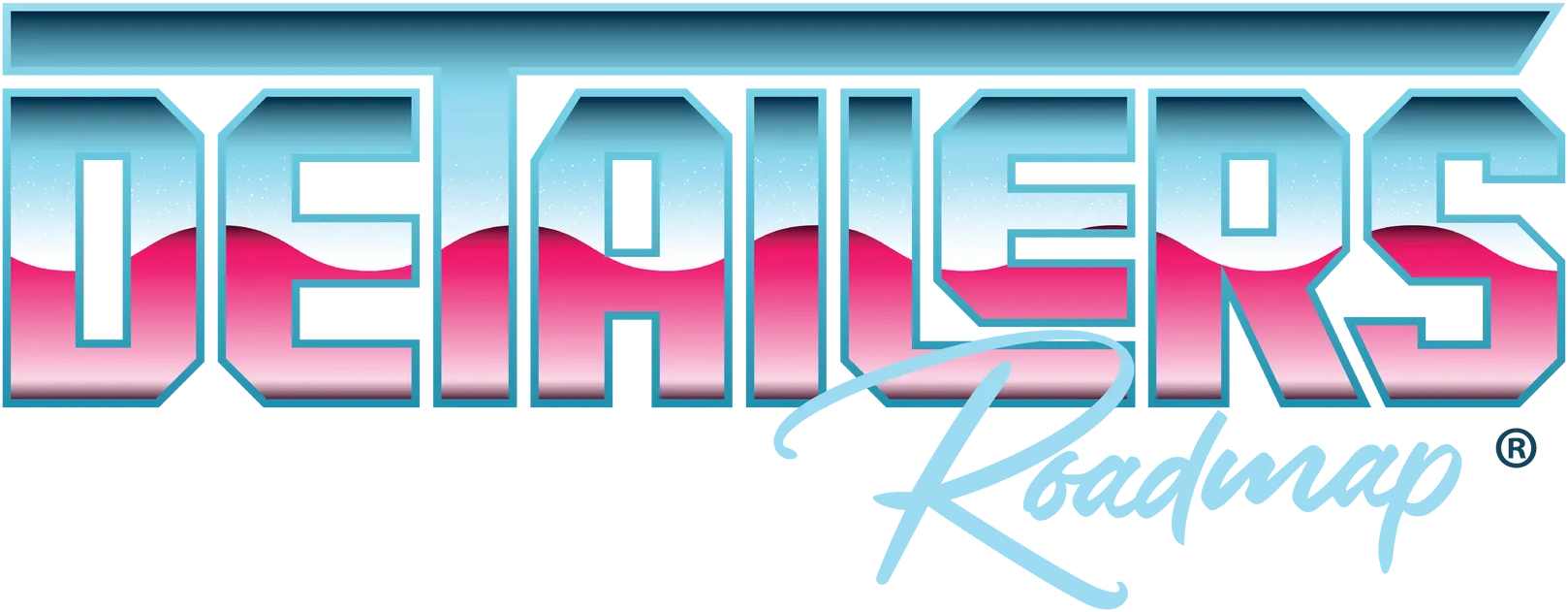Benefits of Ceramic Coating on Cars: Why It Thrives in Extreme Weather Conditions
GET A FREE ESTIMATEIf you've ever scraped ice off your windshield before sunrise or dealt with the relentless summer sun fading your car's paint, you're familiar with the toll that extreme weather can take on your vehicle. Dealing with these conditions isn't just a nuisance—over time, they can cause significant wear and tear on your car's exterior. That’s why many drivers are turning to ceramic coatings for a solution. Ceramic coatings don't just protect; they transform your vehicle into something more resilient and visually appealing.
Ceramic coatings provide a robust layer of protection for vehicles during extreme weather by creating a hydrophobic surface that repels water, snow, and ice, making cleaning easier and minimizing potential damage. Additionally, these coatings shield the paintwork from road salts and other corrosive elements typically encountered in winter while also preventing UV degradation during hot summer months, enhancing the vehicle's longevity and appearance.
Ceramic Coating Explained
At its core, ceramic coating is a sophisticated liquid polymer that adheres microscopically to your car's paint. This bond isn't superficial; it runs deep, creating a robust protective barrier against a variety of environmental threats. The main ingredient, silicon dioxide (SiO2), provides a transparent, glass-like finish that elevates the overall appearance of the vehicle while enhancing color depth and gloss. Imagine looking at your car and seeing a radiant shine that turns heads—that's the magic of a well-applied ceramic coating.
What makes this glass-like layer particularly appealing is its durability. Once applied, this bond is resilient yet challenging to remove. This means you don't need to worry about frequent reapplications, which is often a concern with traditional waxes or sealants. The longevity of ceramic coatings is impressive, with some products designed to last 18 to 24 months, while more advanced options can extend up to six years—especially critical for cars parked in regions facing extreme weather.
Key Benefits of Ceramic Coating
The benefits of ceramic coatings can be summarized as follows:
- Durability: High-quality ceramic coatings provide long-lasting protection against wear and tear. They form a tough, protective layer on your vehicle’s paint that resists chemical and environmental damage. This ensures your vehicle remains in excellent condition for years, reducing the need for frequent reapplications.
- Hydrophobicity: One of the standout features of ceramic coatings is their ability to repel water. The coating creates a smooth surface, causing water to bead up and roll off, making it much easier to wash and maintain your vehicle. This hydrophobic effect also helps prevent water spots, keeping your vehicle looking cleaner for longer.
- UV Damage Protection: The sun’s harmful UV rays can cause paint to fade and deteriorate over time. Ceramic coatings act as a protective barrier that blocks UV rays, preserving the vibrant color and integrity of your vehicle’s paint. This protection helps maintain the car’s aesthetic appeal, even in harsh sun exposure.
- Protection Against Contaminants: Ceramic coatings offer a protective shield against environmental contaminants like road salt, bird droppings, and tree sap. These harmful substances slide off the coated surface with ease, preventing them from bonding to the paint and causing stains or damage. This helps keep your car’s exterior looking flawless, even after exposure to harsh elements.
Understanding how these benefits hold up under different weather challenges sheds light on why ceramic coatings are becoming a favorite among car enthusiasts and average drivers alike.
Weather Resistance Benefits
One of the key selling points of ceramic coating is its exceptional weather resistance, particularly valuable in extreme conditions. Cars with ceramic coatings showed 80% less paint degradation under heavy UV exposure compared to uncoated vehicles.
Protection from Winter Elements
Ceramic coatings excel in winter climates. In regions where heavy snow and ice dominate the landscape, the hydrophobic properties of ceramic coatings become invaluable. Moisture beads up easily on the surface, allowing snow and ice to slide off without sticking to the paintwork. Imagine waking up on a chilly morning, looking outside to find your car coated in a layer of frost or snow, only to realize that it simply slides off with minimal effort—this convenience is something many car owners cherish. Moreover, ceramic coatings create a protective layer that acts as a barrier against road salt, which is notorious for causing rust and corrosion on vehicle surfaces. By preventing road salt from directly contacting the paintwork, you ensure that your vehicle's exterior remains intact despite harsh weather conditions.
Shielding Against Acid Rain
Acid rain is another enemy that could wreak havoc on your vehicle's finish. The caustic nature of acid rain can lead to spots, fading, and an overall dull appearance over time. Fortunately, ceramic coating serves as an effective shield against this menace as well. By neutralizing acidic deposits before they can etch into your car's surface, the coating preserves the integrity and aesthetic appeal of your vehicle. The longevity of this protective barrier means that you can drive confidently through various weather conditions while knowing that your vehicle’s finish is safeguarded from elements that would typically compromise its appearance over time.
Durability and Longevity Insights
The durability and longevity of ceramic coatings significantly outshine traditional protective products. Unlike waxes or sealants, which require frequent reapplication, well-applied ceramic coatings establish a resilient shield against the elements. High-quality ceramic coatings can last anywhere from two to six years under optimal conditions. This impressive lifespan highlights that you are investing in the preservation of your vehicle's aesthetics and integrity.
What truly sets these coatings apart is their capacity to maintain effectiveness over time with minimal intervention. Routine maintenance—periodic touch-ups and inspections—ensures that the coating continues to protect against UV damage, stains, and environmental contaminants. Without proper upkeep, even the finest coating will eventually lose its luster, though it still far exceeds what traditional waxes offer.
Comparing Protective Options
In the realm of vehicle paint protection, choosing the right product can feel overwhelming, especially with so many available options. Among these, ceramic coatings and car waxes dominate the conversation. While both provide a layer of defense for your car’s paint, they do so in very different ways, each offering unique benefits depending on your needs.
Ceramic Coatings vs. Waxes
Choosing between ceramic coatings and traditional wax for your vehicle's protection involves understanding their distinct differences in longevity, application process, and maintenance requirements. Here’s a breakdown of key factors to help you make an informed decision:
- Longevity and Durability: Ceramic coatings are known for their impressive longevity, offering protection for 2 to 6 years with proper care. In contrast, traditional car wax typically lasts just 2 to 3 months, requiring more frequent reapplications to maintain its effectiveness and shine. This long-term protection makes ceramic coatings a superior choice for lasting care.
- Initial Shine and Gloss: Wax delivers an immediate, glossy finish that enhances your vehicle's appearance, but this shine tends to fade much quicker than that from ceramic coatings. Ceramic coatings provide a more durable gloss, ensuring a consistent high-shine look for much longer. This makes ceramic coatings ideal for those looking for sustained brilliance.
- Ease of Application: Wax is much easier to apply, requiring minimal tools—a cloth and some elbow grease are often enough. This DIY approach appeals to car enthusiasts who enjoy hands-on work. On the other hand, ceramic coatings demand a more complex process, including surface prep and multiple application steps, making it a more professional-level product.
- Maintenance Requirements: Wax requires frequent reapplication, typically every month or two, to maintain its protective qualities. In contrast, ceramic coatings only need occasional washing with gentle soap and may require annual re-application of maintenance products, offering much lower upkeep. This makes ceramic coatings ideal for those who prefer lower-maintenance care.
- Protection Against Environmental Factors: Ceramic coatings provide superior defense against environmental aggressors like UV rays, acid rain, and bird droppings. Their robust protection helps prevent long-term damage to your vehicle's paint. Wax, while providing some protection, doesn't offer the same level of resilience, often leaving the paint more vulnerable to damage over time.
Ultimately, your decision depends on how much effort you're willing to invest in maintenance, as well as your preference for long-term protection versus the immediate visual appeal. Whether you opt for the ease of wax or the durability of ceramic coatings, each has its own set of advantages tailored to different needs.
Maintenance Tips
Maintaining a ceramic-coated car doesn’t require much effort, but it does require attention to detail and the right techniques. By following a few simple steps, you can ensure your vehicle stays protected and retains its shine for years. Here's a guide on how to properly maintain your ceramic coating:
- Use pH-Neutral Car Shampoos: It's essential to use pH-neutral car shampoos designed for ceramic coatings. Regular commercial soaps often contain harsh chemicals that can degrade the coating over time. Specialized shampoos maintain the oils and properties that are critical for the protection of the coating.
- Wash with Soft Microfiber Cloths or Mitts: Always use soft microfiber cloths or mitts when washing your vehicle. These materials gently lift dirt from the surface, preventing scratches, unlike traditional sponges or cloths. Investing in quality towels will help protect the integrity of your coating and keep your car looking pristine.
- Wash Your Car Every Two Weeks: Aim to wash your car every two weeks to keep it in top condition. Regular washes prevent dirt and contaminants from bonding with the ceramic coating. This helps prevent staining, ensuring the coating remains effective and doesn’t lose its protective qualities.
- Inspect Your Coating Every Six Months: Every six months, conduct an inspection of your ceramic coating to check for any signs of damage or degradation. Look for uneven surfaces or dullness. Also, observe the water beading behavior; healthy coatings will repel water, forming beads that roll off effortlessly.
- Apply Booster Sprays for Touch-Ups: If you notice any decrease in water beading effectiveness, apply a booster spray designed for ceramic coatings. These sprays contain similar ingredients to professional formulations, helping to refresh the hydrophobic qualities. Alternatively, consider a professional touch-up if you’re unsure about DIY maintenance.
Approaching maintenance with care will ensure your ceramic coating continues to protect your car and keep it looking great. By sticking to the right techniques and products, you’ll preserve your vehicle’s aesthetics and protective qualities for years to come.
Is It Worth It for Your Car?
Investing in ceramic coating can be a game changer, particularly if you frequently encounter extreme weather or harsh driving conditions. For everyday vehicles that face rain, snow, salt, or intense sunlight, the benefits of ceramic coating become glaringly clear. This protective layer acts as a barrier against the elements, shielding your paint from UV rays, chemicals, and oxidation.
What's more, this technology can make cleanup significantly easier; dirt and grime can often just wash off with a gentle rinse rather than requiring extensive scrubbing. If you're a car enthusiast who prides yourself on maintaining a pristine vehicle, you may find that the advantages of ceramic coatings are highly compelling despite an initial investment. The stark difference in how coated versus uncoated cars withstand environmental stressors is evident after just one season.
While some may argue that regular waxing is a more cost-effective solution, it’s essential to consider longevity. Traditional waxes typically require reapplication every few months, whereas a properly applied ceramic coating can last several years with minimal upkeep. For those who genuinely invest time in vehicle care and maintenance, such as thorough cleaning and attention to detail every week or month, the perceived value of ceramic coating may vary. Even so, remember that the advantages extend beyond aesthetics; decreased likelihood of damage means reduced repair costs down the line.
Keep in mind that everyone's situation differs—consider factors such as what kind of terrain you navigate daily, whether or not you keep your vehicle in a garage, and how much time you're willing to dedicate to upkeep. Ultimately, assessing your personal needs will guide you in determining if ceramic coating provides enough benefit to justify its cost for your particular vehicle.
Top-Rated Ceramic Coating Service in Bend, OR
Protect your car with Perfection Plus Auto Salon’s
top-rated ceramic coating service in Bend, OR. Designed to provide unmatched durability and shine, our ceramic coatings shield your vehicle from harsh weather, UV rays, and contaminants while making maintenance easier than ever. Our expert application process ensures a flawless finish that enhances your car’s appearance and preserves its value. Experience the benefits of long-lasting protection and an eye-catching gloss—schedule your ceramic coating service today! Call us at (541) 598-6193 to get started!



